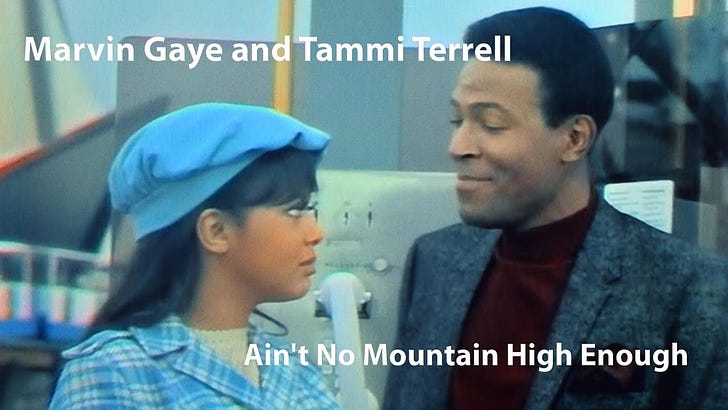EY’s Project Everest – A Hill Too Steep to Climb
Today's EY is not yesterday's pre-split Arthur Andersen, says Jim Peterson, and the long-term rewards of a potential split-up are iffy at best, especially for the leftover audit firm.
This is a guest entry from Jim Peterson, an American lawyer whose practice focuses on financial and accountancy related issues, and who is a 19-year veteran of Arthur Andersen’s in-house legal group. He launched his column, “Balance Sheet” in the business section of the International Herald Tribune in 2002 – evolving to his blog, “Re:Balance”.
Don’t throw the past away
You might need it some rainy day
Dreams can come true again
When everything old is new again
Peter Allen (1974)
The skeptical half of a half-skeptical world has been waiting for details from Carmine Di Sibio, global chief executive of EY, on Project Everest, by which he proposes to bifurcate EY’s consulting and audit practices into, respectively, NewCo and AssureCo.
Di Sibio and EY Global are advised by Goldman Sachs and JP Morgan; EY UK partners have themselves engaged bankers from Rothschilds; Lazard, Evercore and Mercer are reported to be signed on as well. Others are sure to be announced in at least the US, France, and Germany.
The interests of those partner groups are far from aligned either globally or with each other, although buy-in from them all is essential for a deal with global aspirations. Arm-wrestling already under way is certain to intensify — of which early signals are spilling into public view.
Among other issues, comes word from the WSJ that the whole deal may be hung up on $10 billion in promised but unfunded pension payouts that could rest primarily on the shoulders of US audit partners, who would live in the much smaller entity after the split.
No surprise then, reporting from inside EY is “that the timeline for a decision on whether to proceed appeared to be slipping,” quoting an unnamed EY partner that its leadership “had ‘underestimated the amount of work required’.”
The business school case is now being written in real time: Di Sibio and his team look to be firmly in the grip of the “planning fallacy”. Simply put, as identified by Daniel Kahneman and Amos Tversky in 1977, the natural human bias towards over-optimism that under-estimates the time, costs and pressures of a complex project.
The consequences can be grave, as projects on a timeline subject to slippage fall further into difficulty at each succeeding slip — examples include the cascading delays in an airline’s flight schedule, the ten-year $ 100 million over-run of the Sydney opera house, or the multiple escalations in the futile American military effort in Vietnam.
For the nonce, Di Sibio himself projects confidence, if as yet little substance.


